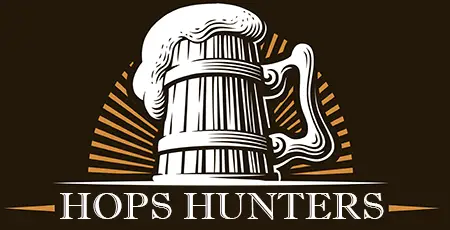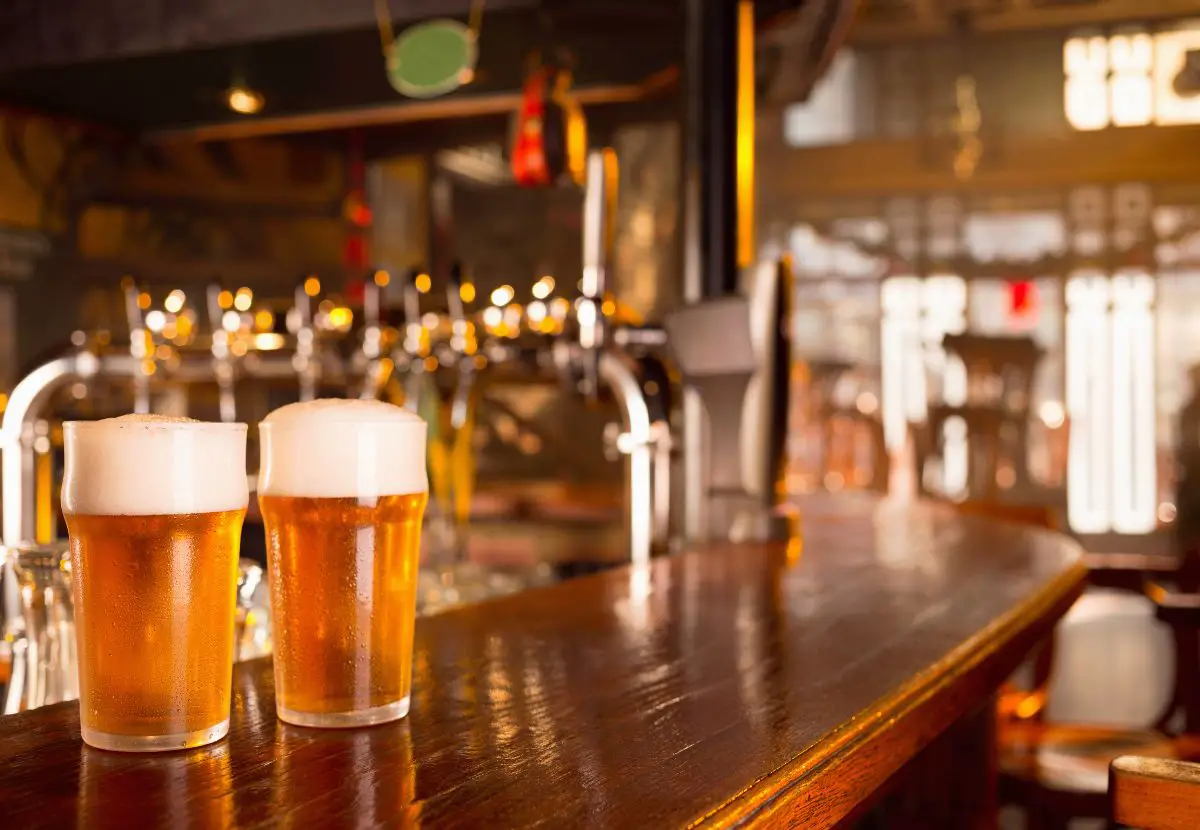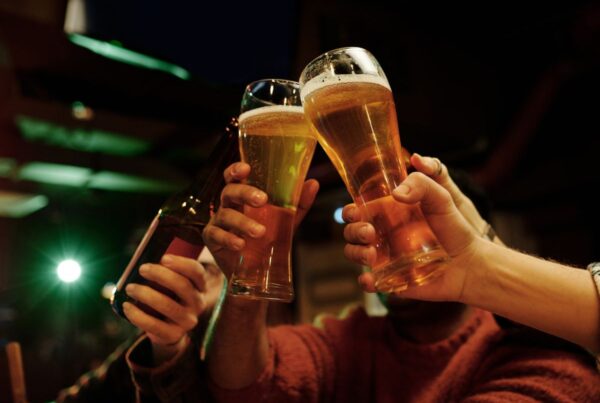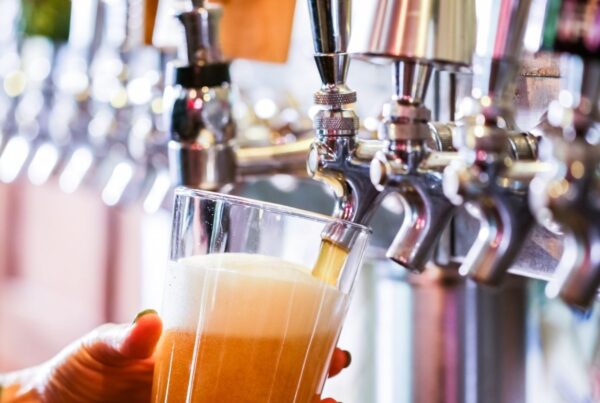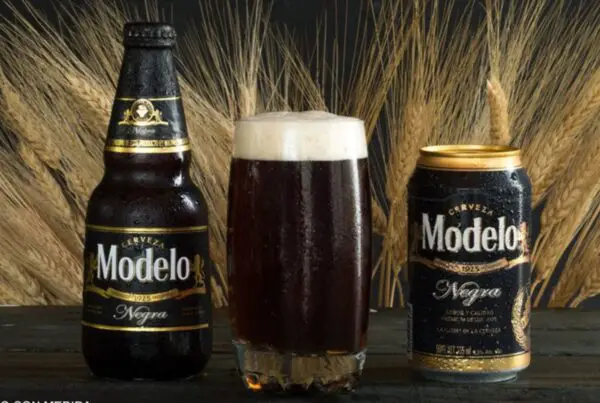Question: Are Beer and Lager the Same Thing?
The world of beer is overflowing with beer styles, subcategories, and of course, bitter debates. One commonly-asked (well, commonly-Googled) question is whether there’s a genuine difference between lager and beer.
To settle things, right from the get-go: beer and lager do not mean the same thing.
However, it’s a bit like asking if there’s a difference between a hound and a dog. All hounds are dogs, but not all dogs are hounds. Further complicating matters, some dogs are nothing but hound dogs.
Confused? Let’s break it down:
Terminology Differences: Beer vs Lager vs Ale
As I mentioned above, all lagers are beer; not all beers are lagers. Now that the SAT portion of the article is out of the way, let’s talk types of beer:
Broadly speaking, beers can be classified into two categories: ales and lagers.
Lagers and ales are both beer, and the key difference lies both in the brewing process and the yeast strains used for fermentation:
- Ale yeasts (Known aliases: Saccharomyces cerevisiae, brewer’s yeast, baker’s yeast) ferment at warmer temperatures and float on the top. They typically lend to fruity and spicy beer character.
- Lager yeasts (Saccharomyces pastorianus to the lab-coat crowd) ferment at cooler temperatures and settle at the bottom. These create cleaner, crisp flavors with less fruit and spice notes.
Fun fact for your next bar trivia night: Lagers, due to their cooler and longer fermentation process, often have a lower final gravity (FG) than ales. This means lagers are more fermented, resulting in less residual sugar, a drier finish, and a cleaner, crisper taste. Isn’t science delicious?
Lager, Then Life: Beers That Are Lagers
Of course, beer doesn’t start and end with the terms ales and lagers—that couldn’t be further from the truth. With that, let’s now step into the exciting world of subcategories:
Lager Beers
- Light Lagers – Including popular American styles like American Lager and American Light Lager, these beers are known for their light, crisp taste and lower alcohol content.
- Dark Lagers – These feature malt flavors and are smoother than their ale counterparts, with styles like Munich Dunkel and Schwarzbier.
- Pilsners – These beers are golden in color with a crisp, refreshing flavor.
- Amber Lagers – These lagers are deeper in color than pilsners, with a balanced flavor profile that showcases both malt and hops.
- Bocks – Originating from Germany, these are strong lagers that come in various styles like traditional Bock and Doppelbock.
Ale Beers
Now that we know some of the most popular beers that are lagers, the only question is, what are some beers that are not lagers? Here are just a few examples:
- India Pale Ales (IPAs) – Known for their strong, bitter flavors and higher alcohol content.
- Pale Ales – A balanced beer style with less bitterness than IPAs, often showcasing a notable malt character.
- Stouts – These beers often feature robust, roasted flavors that may resemble coffee or chocolate.
- Belgian Ales – Can include a variety of substyles such as Wit, Dubbel, and Tripel.
- Wheat Beers – American wheat beers are usually ales, often lighter in flavor with a smooth grainy sweetness from the wheat.
Note: With the growth of the craft beer movement, breweries have experimented with these traditional styles to create unique variations and hybrids. So in addition to these, you also have hybrids and specialty beers that defy traditional categorization.
Takeaways
- All lagers are beers, but not all beers are lagers.
- All ales are beers, but not all beers are ales.
- The distinction between lagers and ales lies in the type of yeast used and the fermentation process.
Next time someone asks you the difference between lager and beer, you can raise your pint high, drop a knowledge bomb, and leave them awestruck at your brewing wisdom.
Interested in exploring new lagers? Check out Hops Hunters’ beer reviews and beer profiles (ABV, IBU, and nutrition facts), featuring many of the top lagers in the U.S. and around the world.
